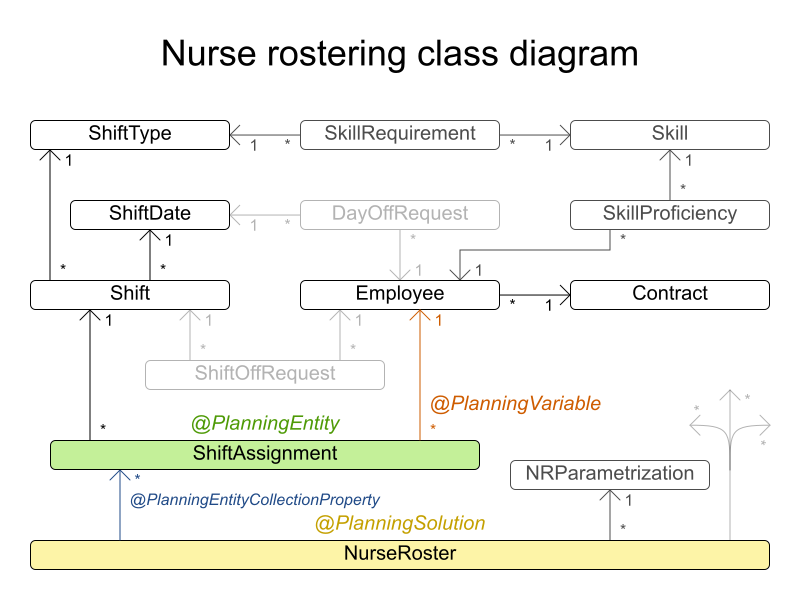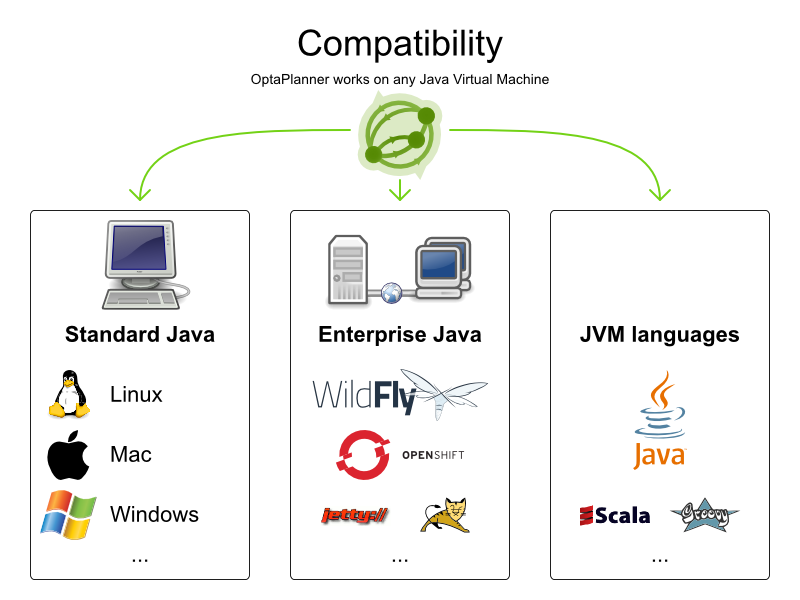By Robin pauwels – business development manager
Planning problems. You will find them in all shapes and sizes. How do you work efficiently on planning a limited set of resources (employees, vehicles, classrooms, …) that are clustered with a predefined set of rules that, in an optimal world, can not be broken? At Infofarm we tackle these problems by using a state of the art planning engine!
An example: A Logistics company that is to supply 500 televisions to 10 different locations with only 3 trucks at its disposal and within a certain period of time. Looking for the best possible route manually, doesn’t seem like an easy task, right?
Or, 200 nurses who have to be divided into their shifts, taking into account contractual obligations, the preferences of the nurses themselves, other company rules and natural laws. This again does not seem to be a simple job to create a good and sustainable planning.

In short, tackling such problems manually requires very time-consuming and intensive efforts, which holds you far back from reaching the optimum level. But is it possible to achieve the optimum level? A solution is almost never optimal, but we can make sure that we generate the best possible solution within a certain time. How do you ask? Well, we recommend using the OptaPlanner technology to help you with all your planning tasks.
OptaPlanner uses AI algorithms and an efficient scoring system that takes the scheduling of all kinds of business resources to the next level. The constraints or business rules are at the core of OptaPlanner and ensure that a planning will not deviate from certain criteria. Constraints are defined as hard- and soft constraints in which the hard constraints can never be broken and the soft constraints can only be broken if there is no other way
The new constraint solver on the block
What started as a hobby soon grew into the world’s best constraint solver engine. Geoffrey De Smet is OptaPlanner’s father and he soon realized, after taking part in several competitions with his technology, that he had a rough diamond under his possession that could lead to a new era in the optimization of all kinds of optimization problems. Sponsored by Red Hat, Geoffrey and his team work on sharpening this rough diamond by generating new features every day to master the modeling and solving of any kind of optimization problem.
All of this may sound promising, but how does it work exactly?
OptaPlanner uses AI algorithms and an efficient scoring system that takes the scheduling of all kinds of business resources to the next level. The constraints or business rules are at the core of OptaPlanner and ensure that a planning will not deviate from certain criteria. Constraints are defined as hard- or soft constraints in which the hard constraints can never be broken and the soft constraints can only be broken if there is no other way.
Each type of constraint is assigned a certain value that will feed the scoring system in the search for a solution. Constraints and their associated parameters are programmed and interpreted using the Drools Rules engine.
OptaPlanner will generate thousands of possible solutions in the background, where each solution will be given a score. This score is assigned by whether the constraints are broken or not. Negative constraints will be assigned penalties and positive constraints will be assigned a reward. During these calculations, the engine will give a solution with the highest possible score.
The big benefit of using OptaPlanner, is the amount of time you will save. In a couple of minutes, the engine will generate a solution that could take days if this would be done manually.
What an awesome technology!

Leveraging the power of OptaPlanner
If you came this far reading this article, I bet you can’t wait on starting to use this constraint solving magic together with all of its benefits.
The OptaPlanner software is not an off-the-shelf solution, but needs some technical expertise to build your own custom-made planning solutions.
That’s why we use this technology to build sustainable solutions covering all the needs and requirements of our customers. Think of it as OptaPlanner being the engine, and Infofarm building the car around it.

OptaPlanner is 100% Java compatible and can be used by any developer by downloading the open-source version or by purchasing the enterprise license, with Red Hat taking full responsibility for support and maintenance.
For more information and use cases, take a look at the OptaPlanner website. If you are looking for a valuable partner to help you in building the planning application that covers all of your needs and requirements, don’t hesitate to contact us!